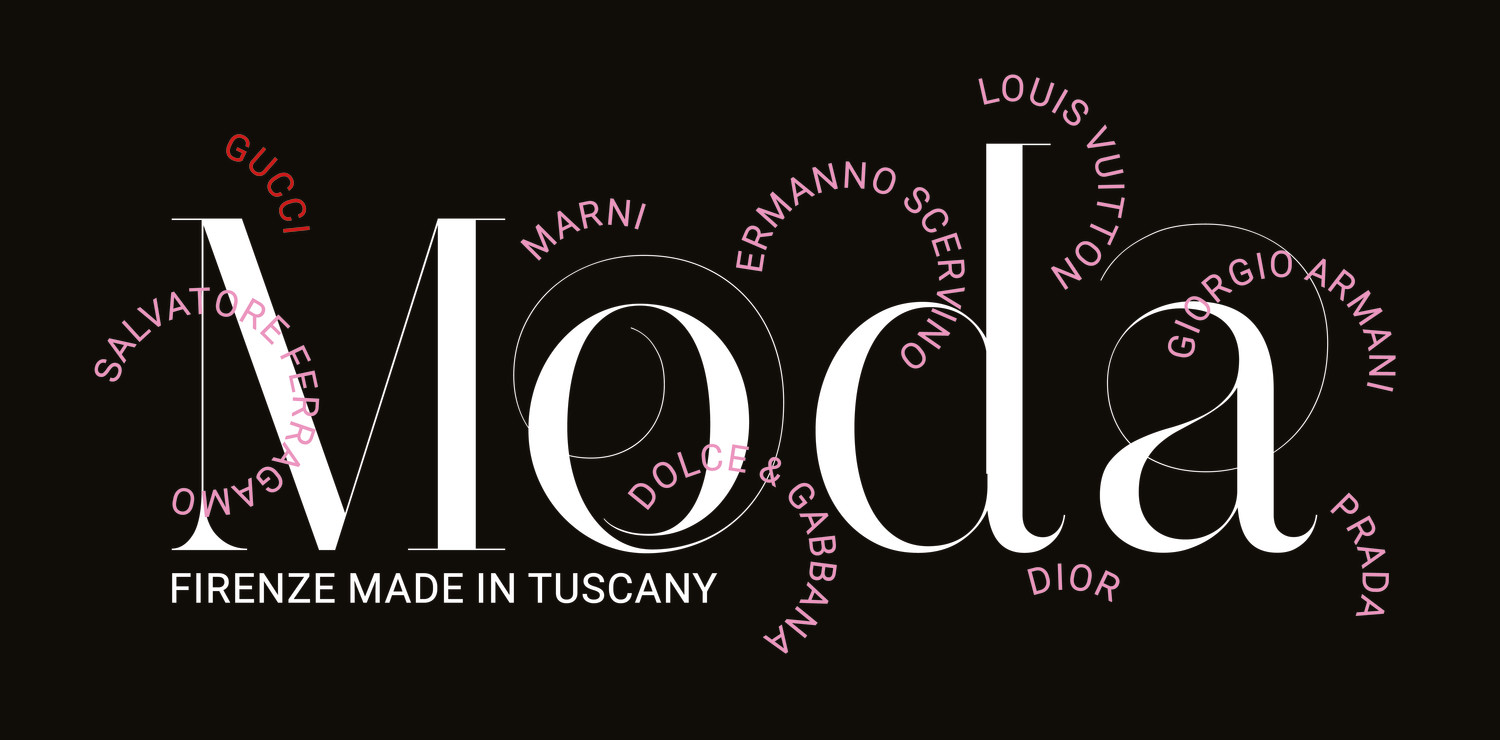The dress and the revolution/The new beautiful
First monograph dedicated to Gucci with photos of the shootings published in Firenze Magazine
Since the first issue, i.e. since January 2007, each paper issue of Firenze Made in Tuscany hosts one or two fashion photo shoots with the collaboration of the best Florentine photographers and make-up artists, in photographic studios located in Florence. The models, those not, arrive in Florence by train from the best agencies in Milan (Elite, Fashion, Why Not, Woman, etc.).
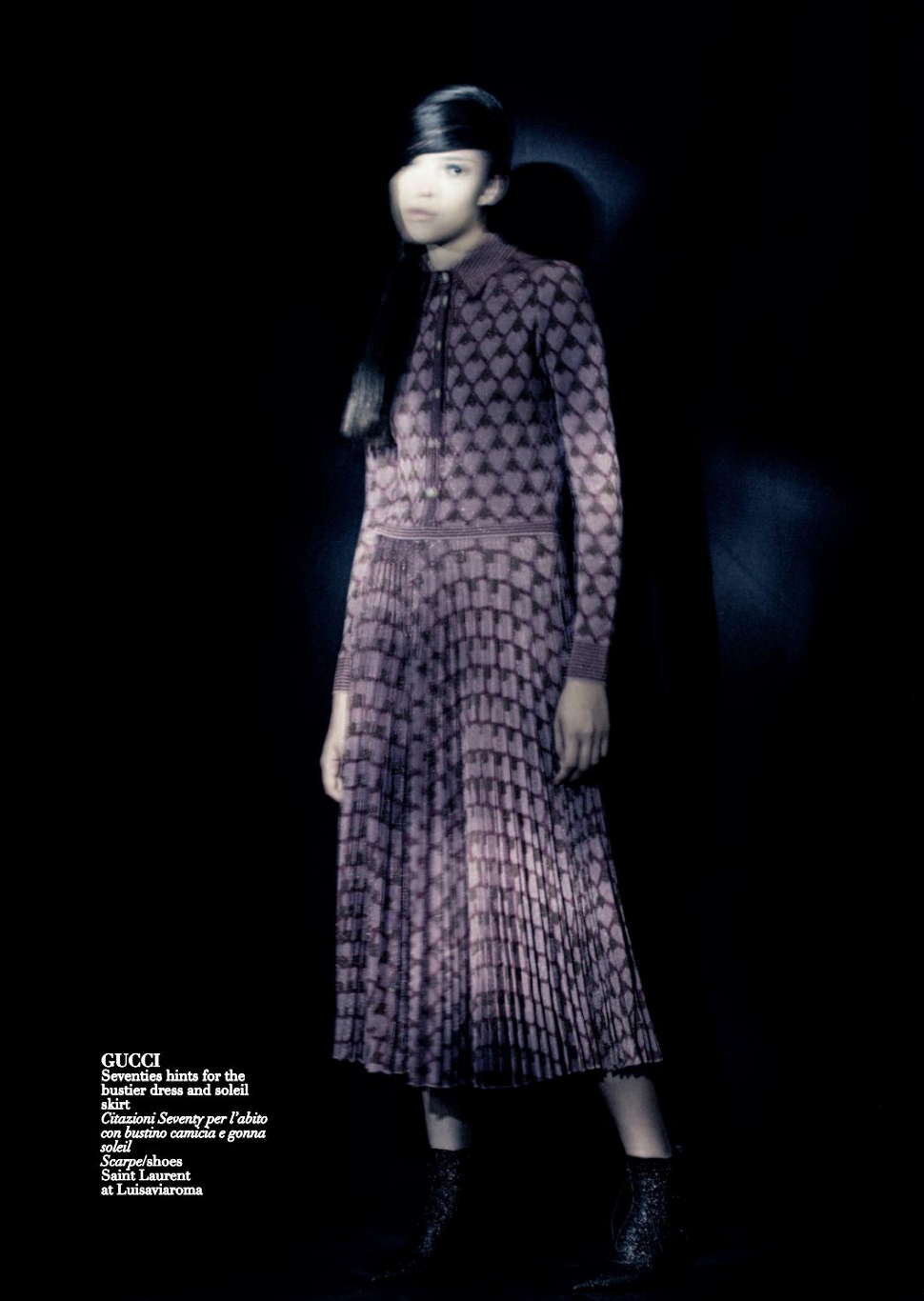 Issue N.36 - GUCCI A/W 2015-16 - PH.Alessandro Bencini
Issue N.36 - GUCCI A/W 2015-16 - PH.Alessandro BenciniBut the real protagonists of the photo shoots, as everyone knows, are the clothes, delivered by couriers to our editorial staff a few days before the date set for the photo shoots.
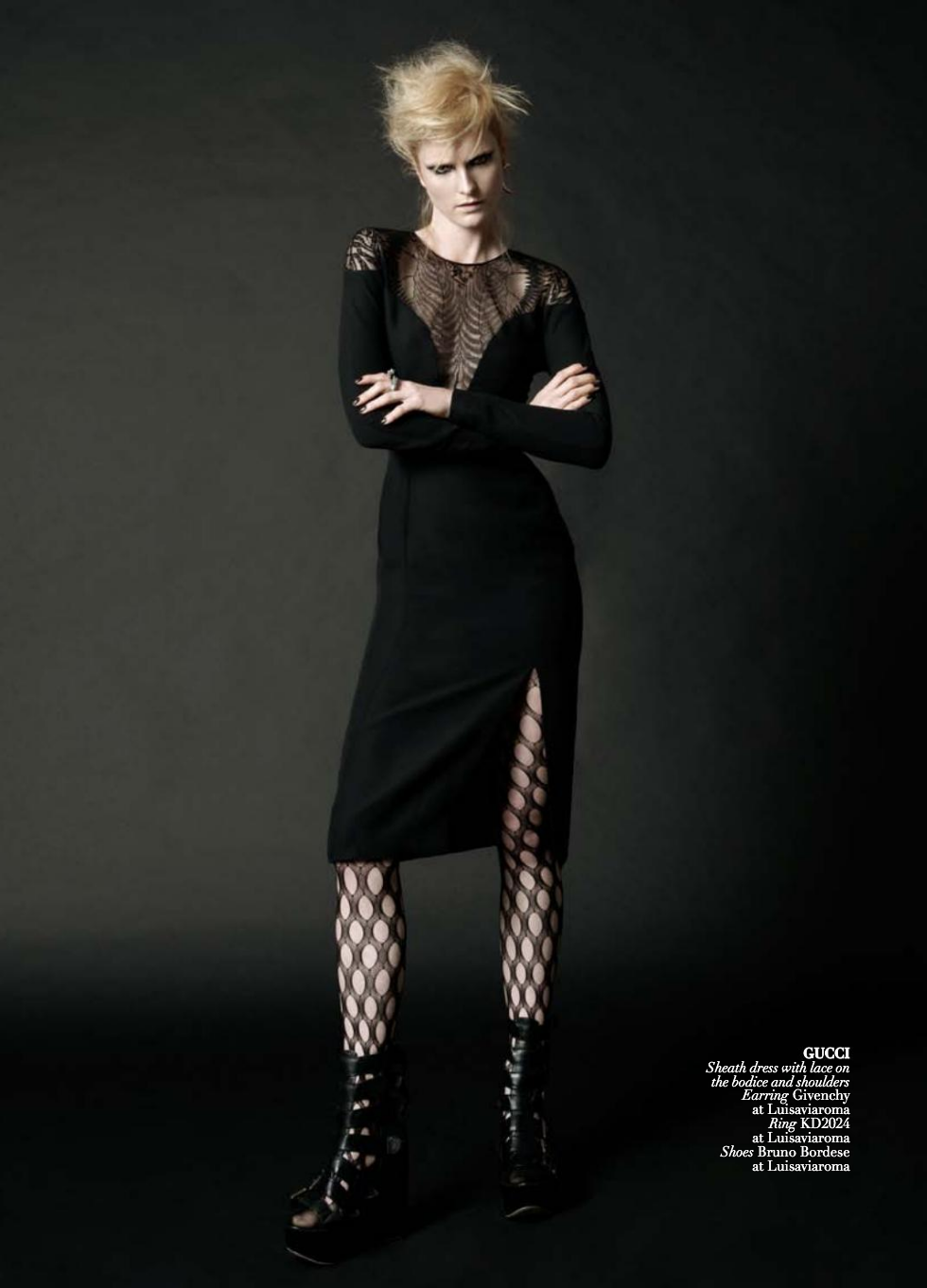 ISSUE N.27 - GUCCI A/W 2013-14 - PH.Andrea Varani
ISSUE N.27 - GUCCI A/W 2013-14 - PH.Andrea VaraniThese are usually 2/3 looks accompanied by accessories, coming from 10/12 international brands and chosen by the fashion director according to the strongest trend expected for the coming season: spring/summer or autumn/winter of the ready-to-wear collections presented every year by the big fashion houses.
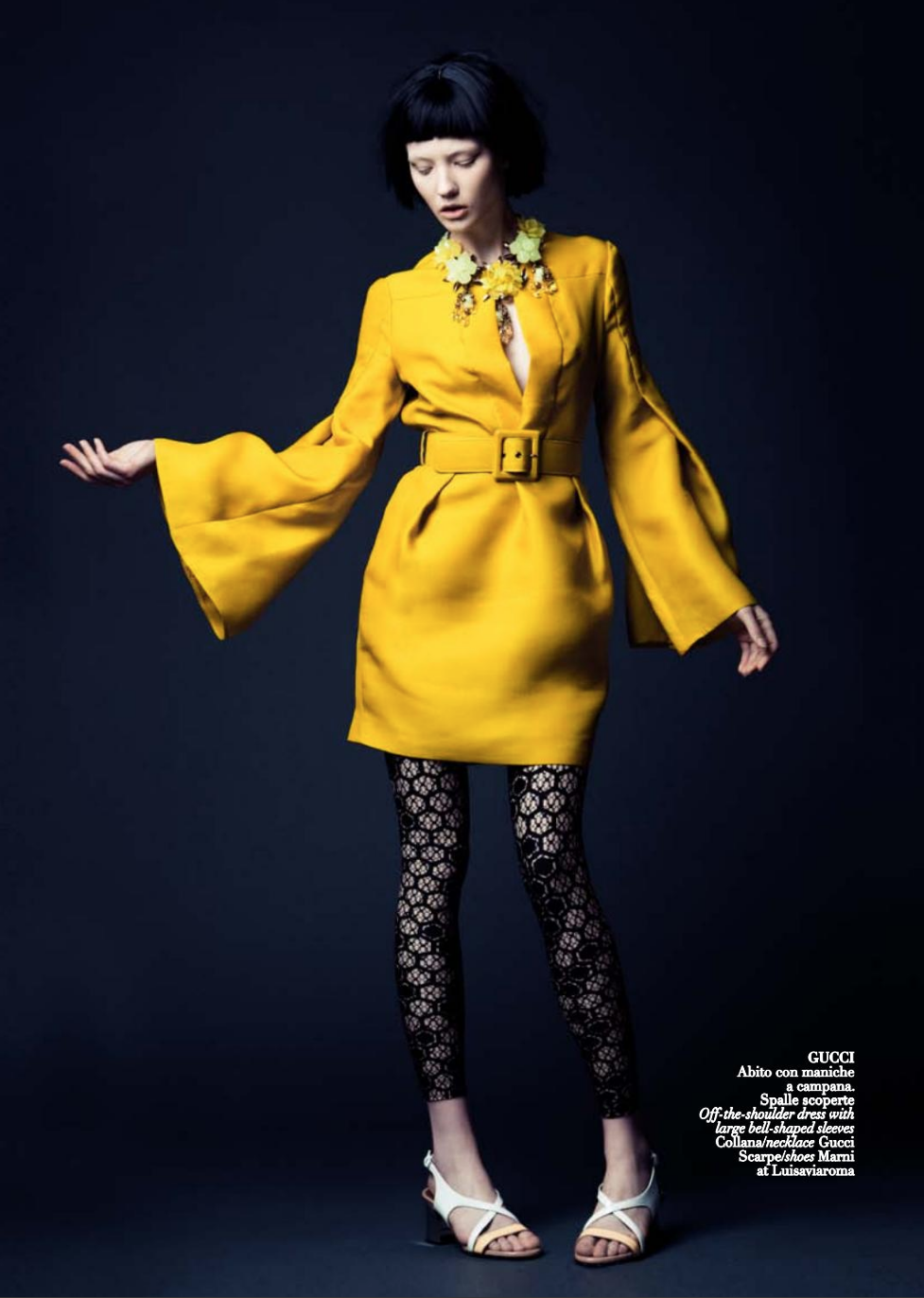 ISSUE N.26 - GUCCI S/S 2013 - PH. Ruggero Lupo Mengoni
ISSUE N.26 - GUCCI S/S 2013 - PH. Ruggero Lupo MengoniThis time, however, we had fun reversing the roles by turning the big fashion brands into protagonists, which we pay homage to with a series of horizontal monographs by drawing on our photo shoots.
So we want to enter into phase two of this dark historical moment, with the words of fashion that are nothing but an enlightening vision of the clothes created to dress our desires. As the desire to start again passes from here with strength and determination.
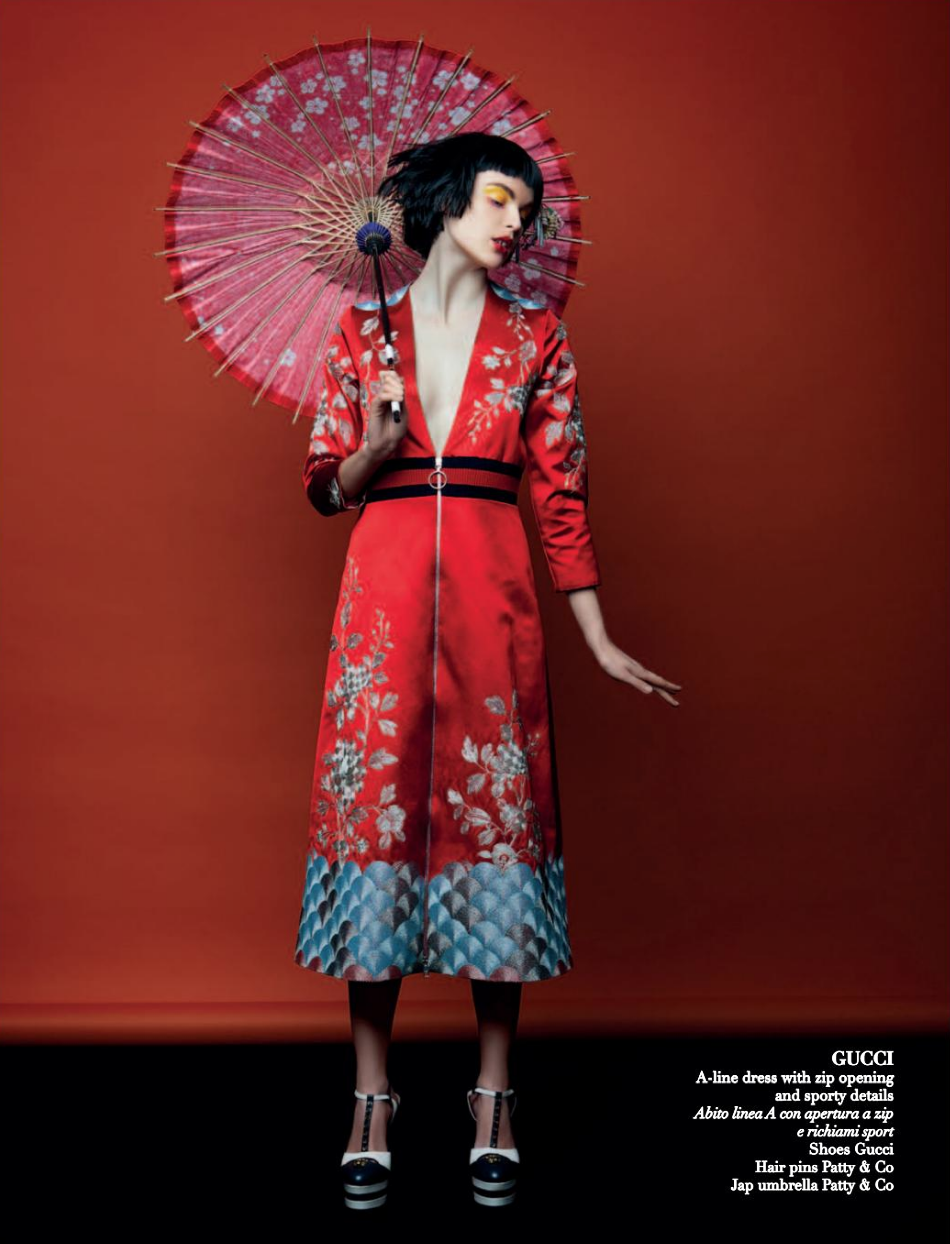 ISSUE N.38 - GUCCI S/S 2016 - PH. Ruggero Lupo Mengoni
ISSUE N.38 - GUCCI S/S 2016 - PH. Ruggero Lupo Mengoni Gucci. It all began in Florence in 1921 when Guccio Gucci returned from London, where he had worked for an elegant hotel, and decided to open a small leather goods company in which the refined taste of the English aristocrats and the mastery of Tuscan craftsmen merged.
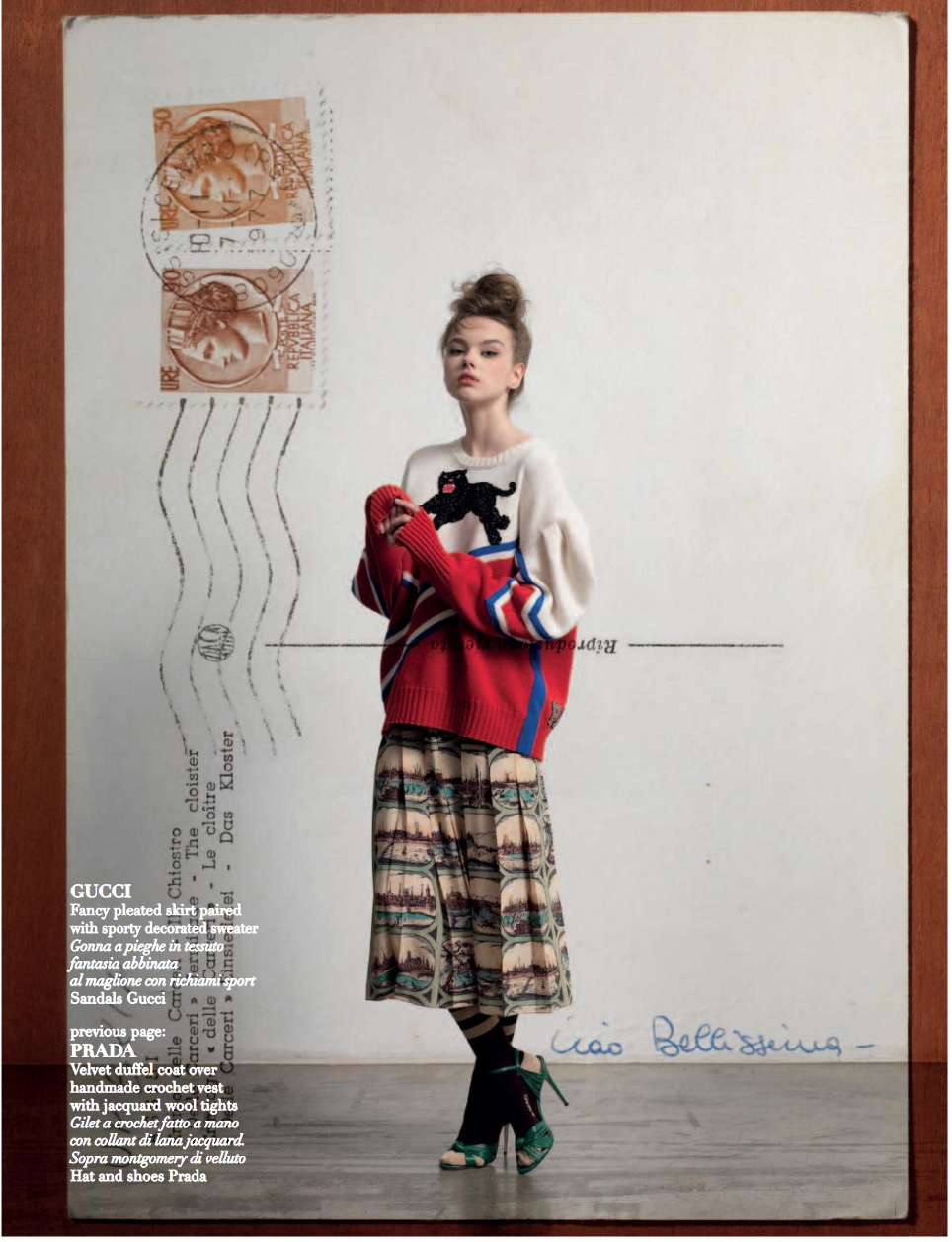 N.39 - GUCCI A/W 2017 - PH.Marco Lanza
N.39 - GUCCI A/W 2017 - PH.Marco LanzaHe also opened a shop in the centre of Florence which immediately became a regular stop for tourists and Tuscan nobility dedicated to horse riding, the horsebit became Gucci's first lucky symbol. The difficult years of the fascist dictatorship and the world war did not allow the import of materials, so Gucci began to experiment with atypical materials such as hemp, linen, jute less expensive than leather, becoming a feature of the brand starting from the lucky Bamboo bag, with burnished cane handle.
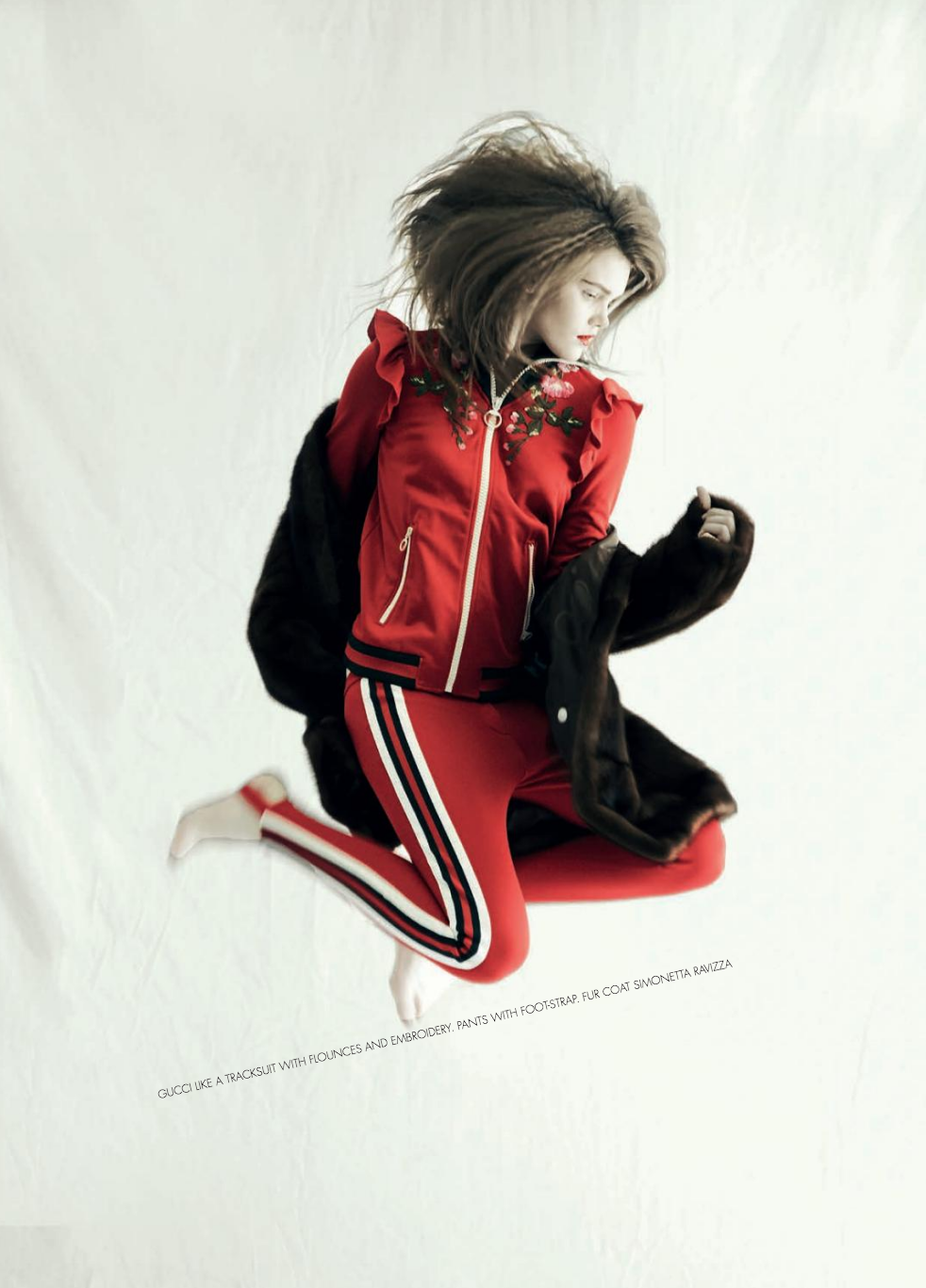 ISUUE N.44 - GUCCI A/W 2017-18 - PH.Federica Fiori
ISUUE N.44 - GUCCI A/W 2017-18 - PH.Federica FioriIn the fifties the moccasin with the clamp was born and the green/red/green ribbon from the underbelly of the saddle appeared, in the sixties the Flora scarf and only then the logo with the two crossed Gs, initials of the founder. The 1970s were the first ready-to-wear collections in which the double G was printed on shirts or stamped on buttons.
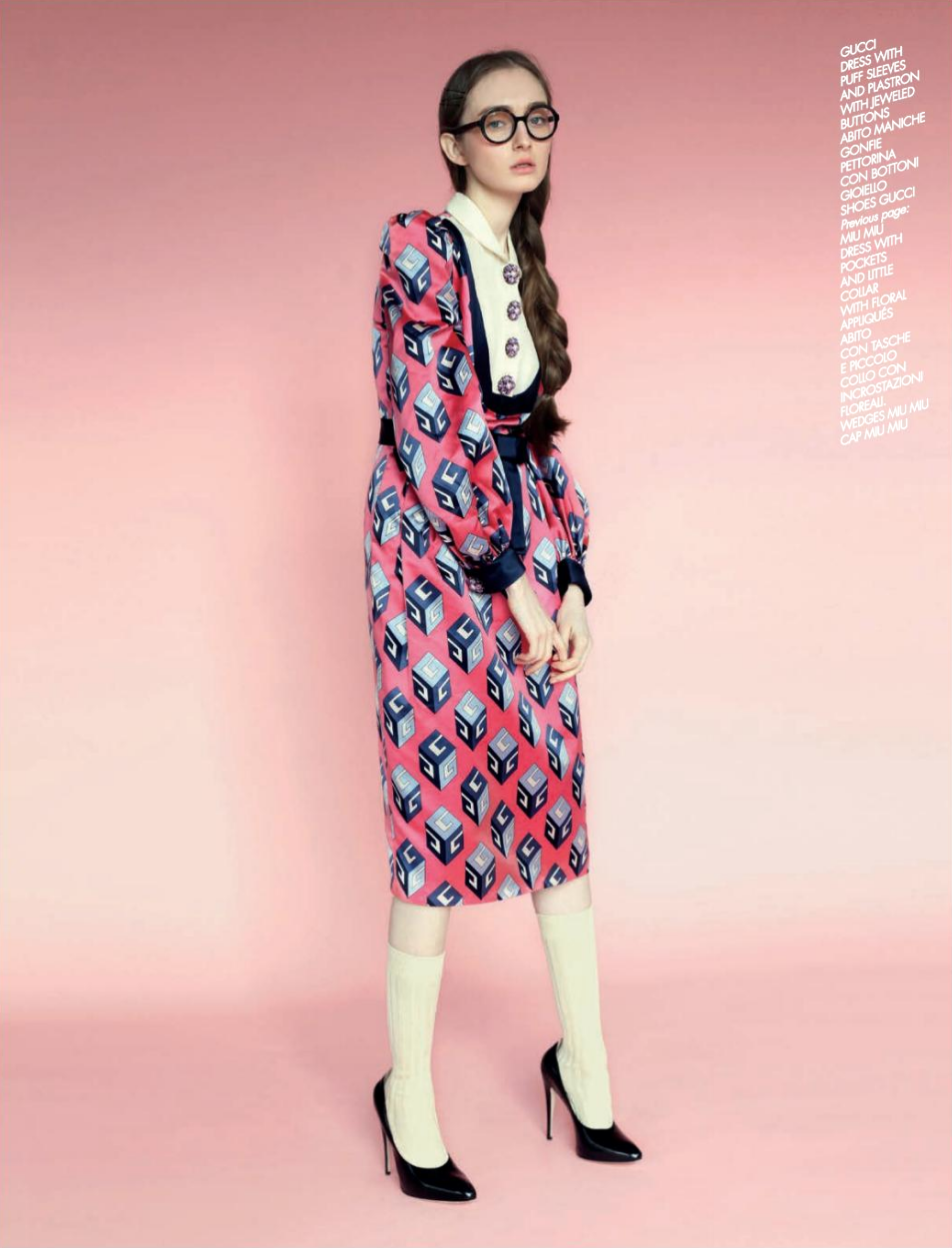 ISSUE N.42 - GUCCI S/S 2017 - PH. Sara Mautone
ISSUE N.42 - GUCCI S/S 2017 - PH. Sara MautoneIn 1994 the arrival of a creative director was necessary. The glamorous and sensual Texan designer Tom Ford imposed a new image with advertising campaigns certainly not indifferent. Stiletto heels, sinuous silk jersey dresses stuck to the body, dizzying necklines, slits that let you glimpse, become the new codes. After a brief parenthesis signed by Alessandra Facchinetti, the arrival of 2006 entrusts Frida Giannini's pencil with the new creative direction that focuses on a careful return to the work of material research and craftsmanship.
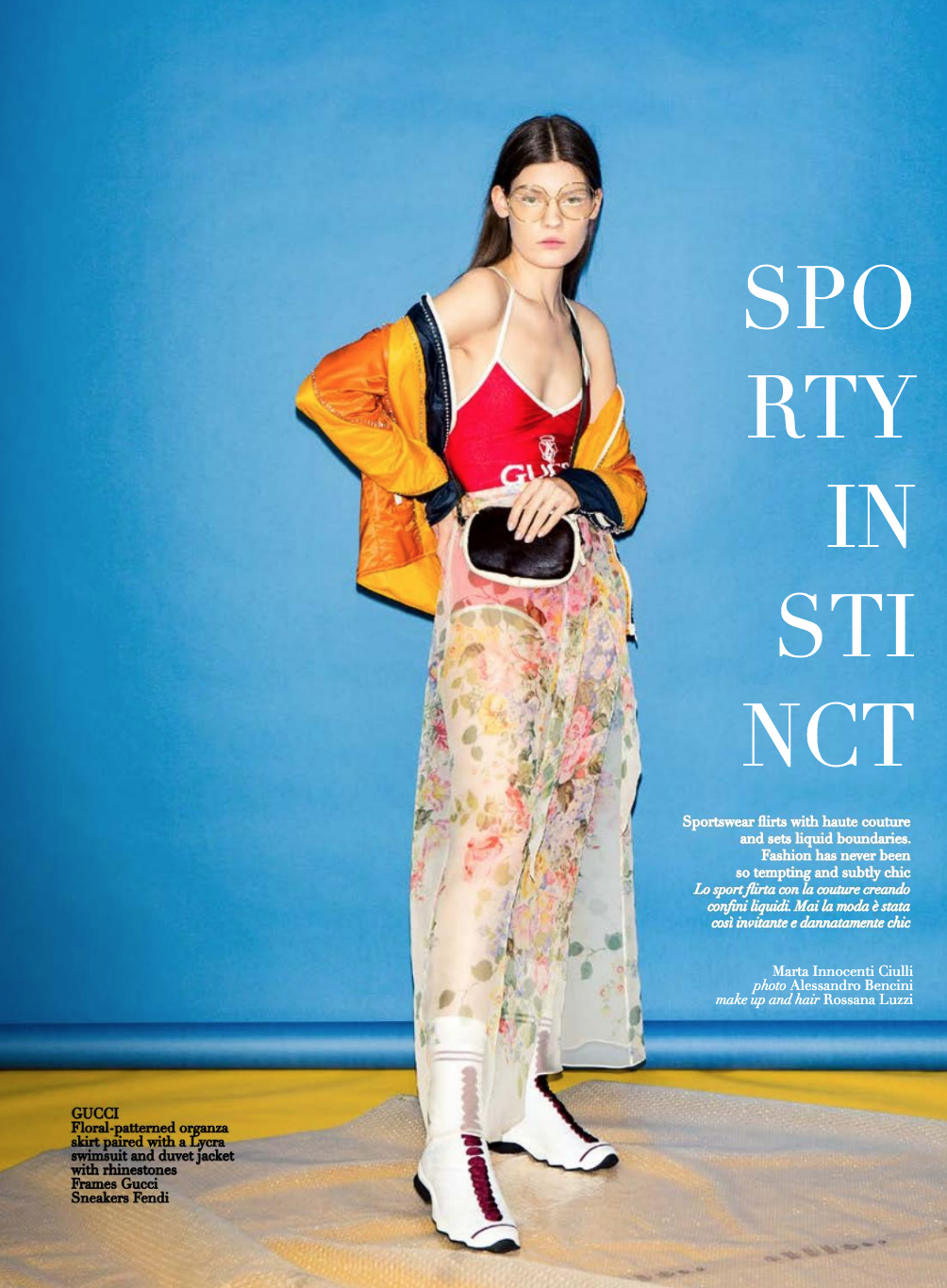 ISSUE N.46 - GUCCI S/S 2018 - PH. Alessandro Bencini
ISSUE N.46 - GUCCI S/S 2018 - PH. Alessandro BenciniInstead, 2015 marks the date of the revolution, Gucci needs a relaunch, it needs to take itself back to the center of the conversation. The presentation of the two collections man/January, woman/february at the fashion shows in Milan is just around the corner. Marco Bizzarri is the new CEO (Stella McCartney, Bottega Veneta, Kering Luxury). In the lead God-knows-what dynamics are crowding in; how to revolutionize in a few weeks the soul and heart of the historic brand? A change of substance, not cosmetic, a new voice: Alessandro Michele (what name, what surname? we wondered) officially debuts as creative director for all Gucci lines.
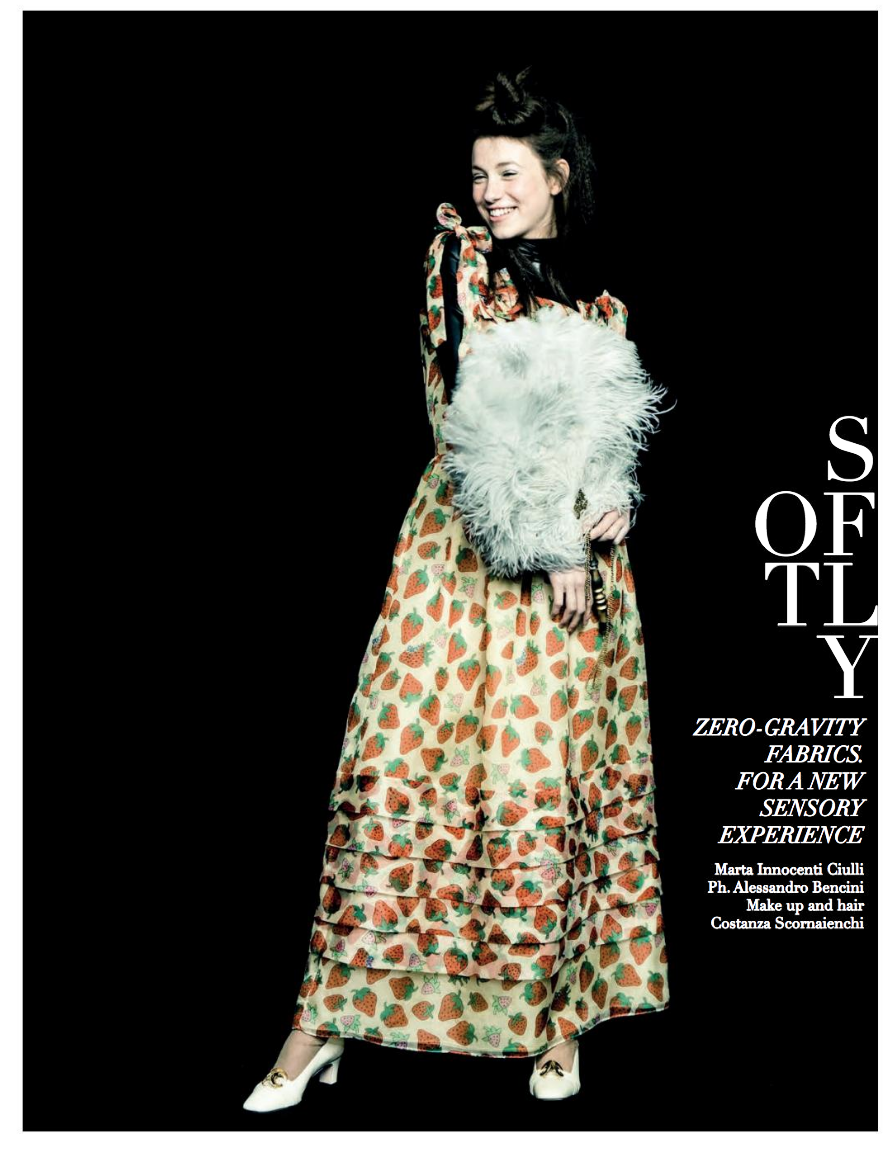 ISSUE N.50 - GUCCI S/S 2019 - PH. Alessandro Bencini
ISSUE N.50 - GUCCI S/S 2019 - PH. Alessandro BenciniHe studied at the Academy of Costume in Rome, at Fendi as head of accessories, at Gucci since 2002 hired by Tom Ford, as associate to creative director Frida Giannini. He is the solo voice of his fashion out of tune, without law or trend that seems to stumble at every corner. He mixes colors, styles, fabrics, combinations. "Creativity is not a stable thing - he says - you have to learn to let it go". But what made his clothes so coveted? It's not the new lines, not the new volumes, not the original lengths, not the fabrics never used.
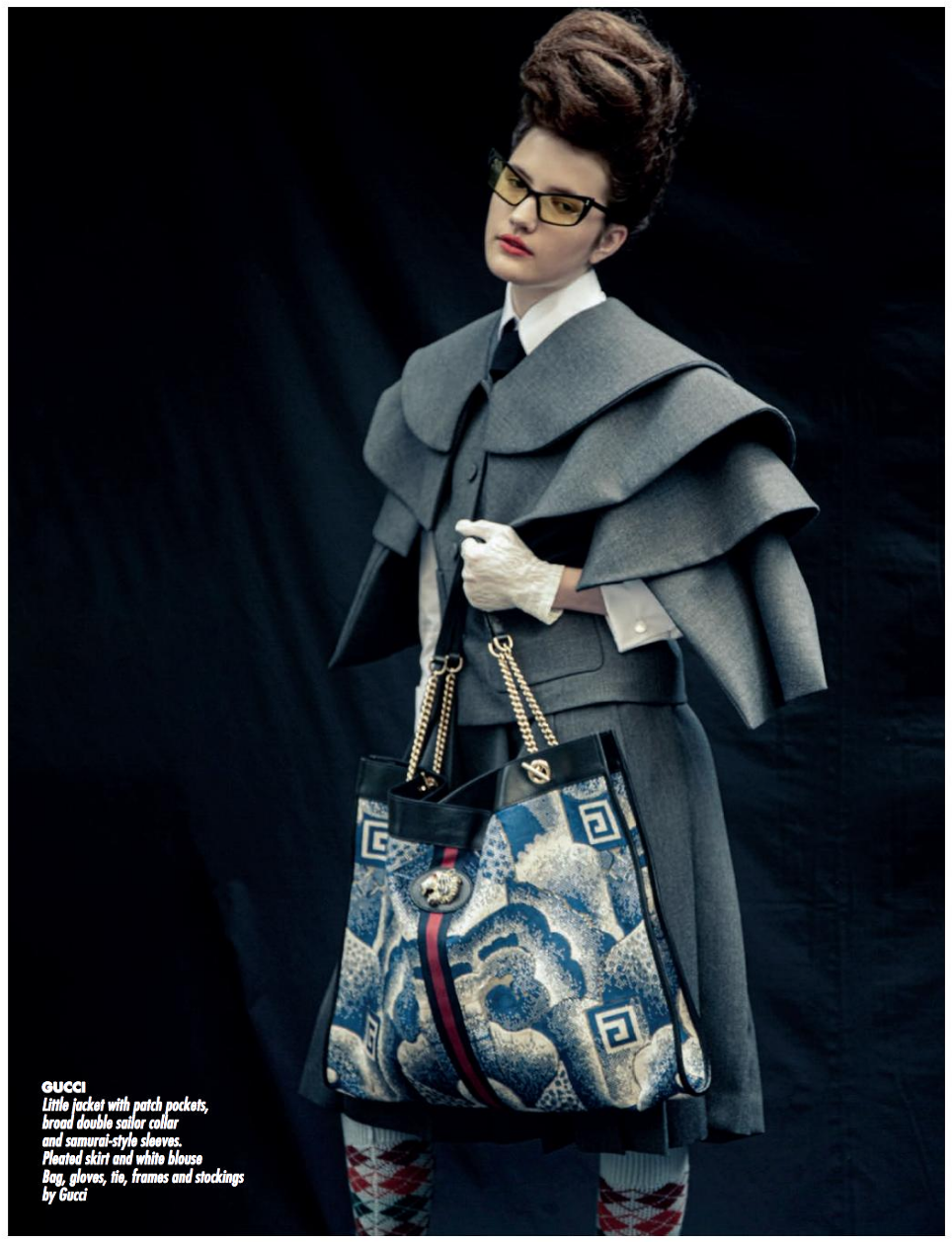 ISSUE N.52 - GUCCI A/W 2019-20 - PH. Alessandro Bencini
ISSUE N.52 - GUCCI A/W 2019-20 - PH. Alessandro BenciniIt's the confusion of pieces that blend together as if they were created on purpose, it's the assembly of a dress with an accessory that seems to be out of tune but that I wanted to look at twice. It is the imperfection that highlights the beautiful and the new.
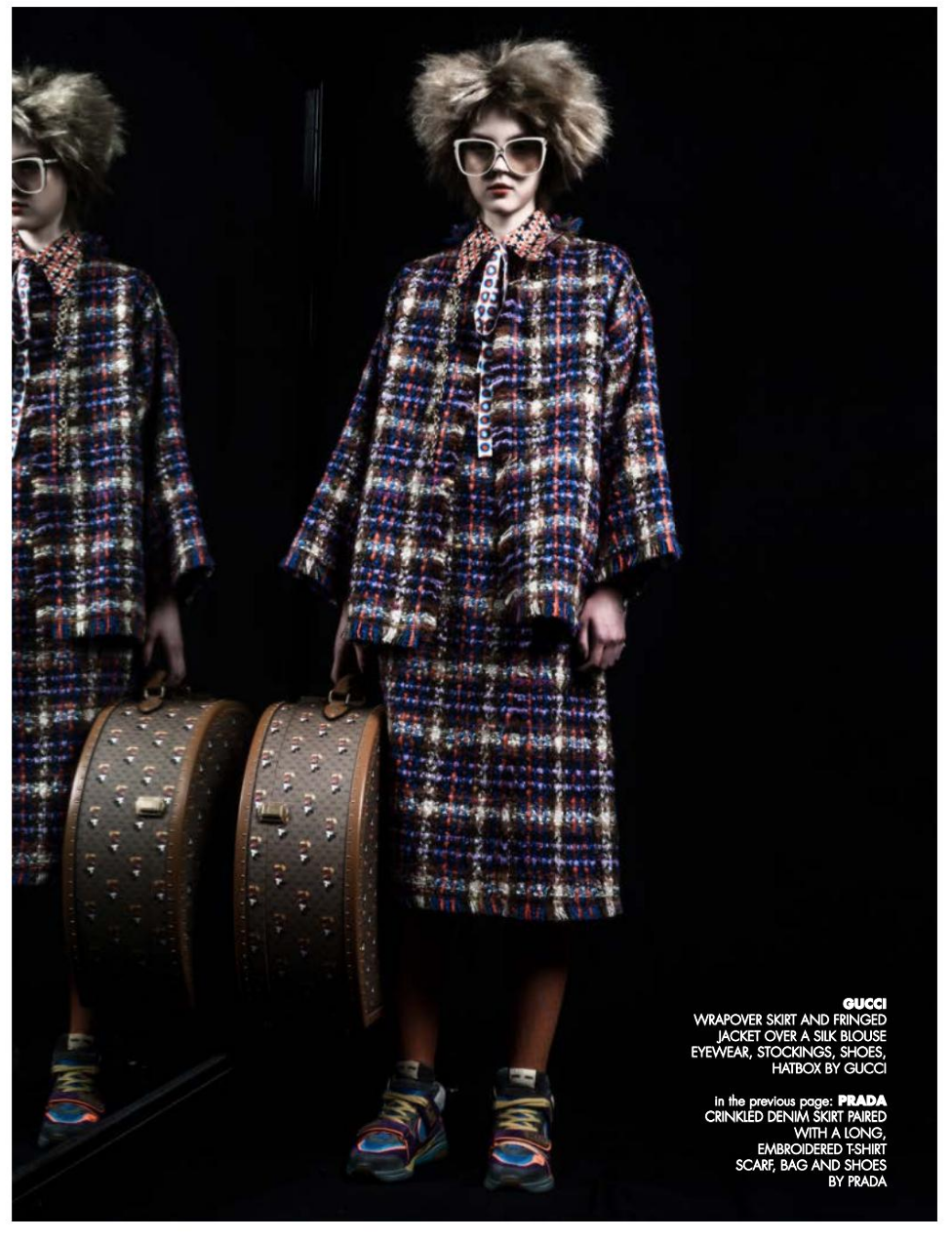 ISSUE N.53 - GUCCI S/S 2020 - PH. Federica Fiori
ISSUE N.53 - GUCCI S/S 2020 - PH. Federica Fiori It is the awareness of communicating to the world that you are unique and unrepeatable and that what you wear connects with you. It's a clear and cultured personal vision that puts fashion at the center of today's cultural themes.
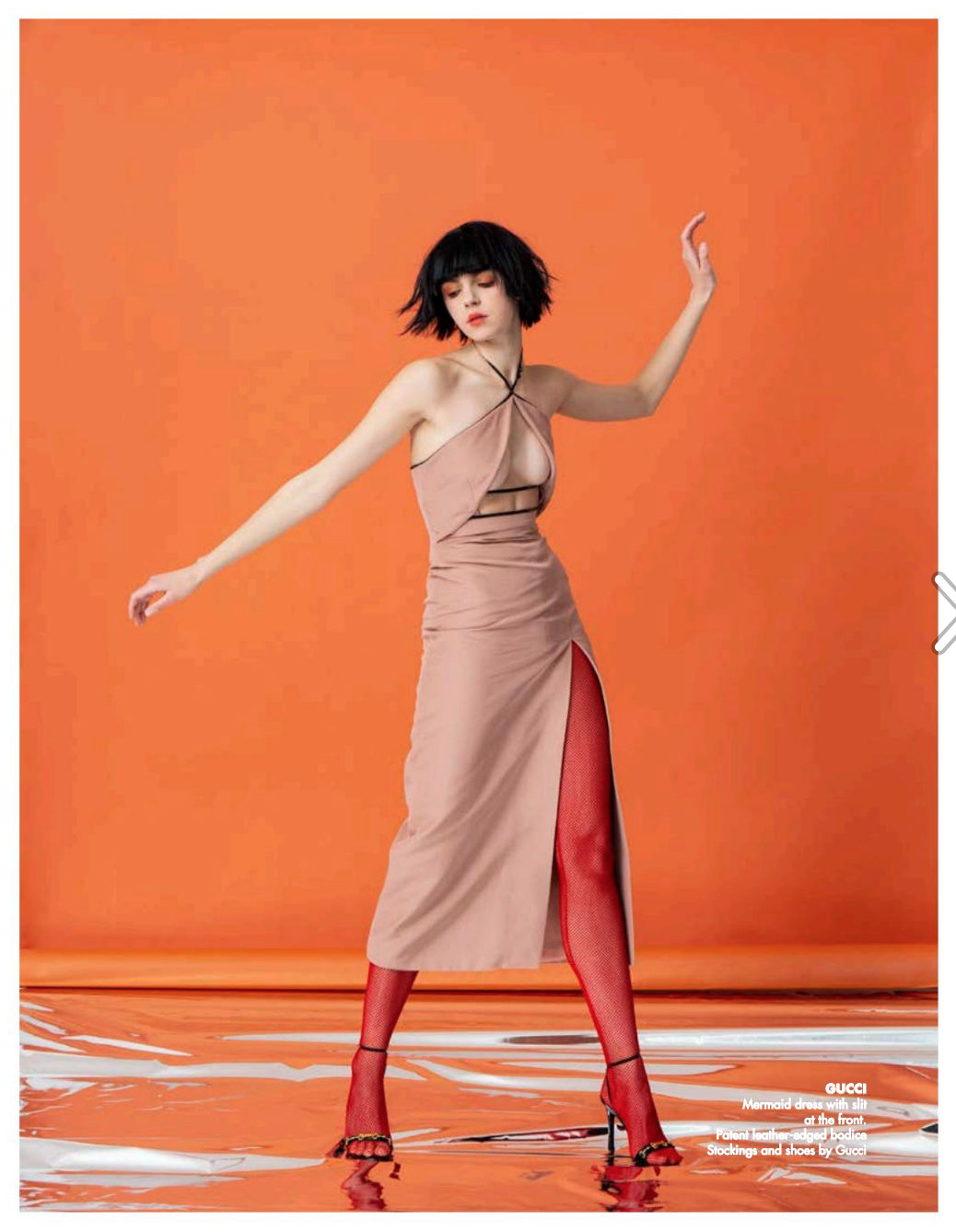 ISSUE N.54 - GUCCI S/S 2020 - PH.Alessandro Bencini
ISSUE N.54 - GUCCI S/S 2020 - PH.Alessandro BenciniWelcome 'alexandromichele' and long life to all those thoughts that besiege your head.






